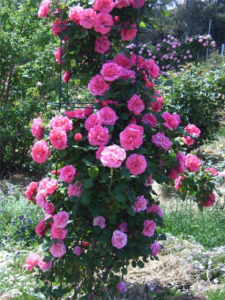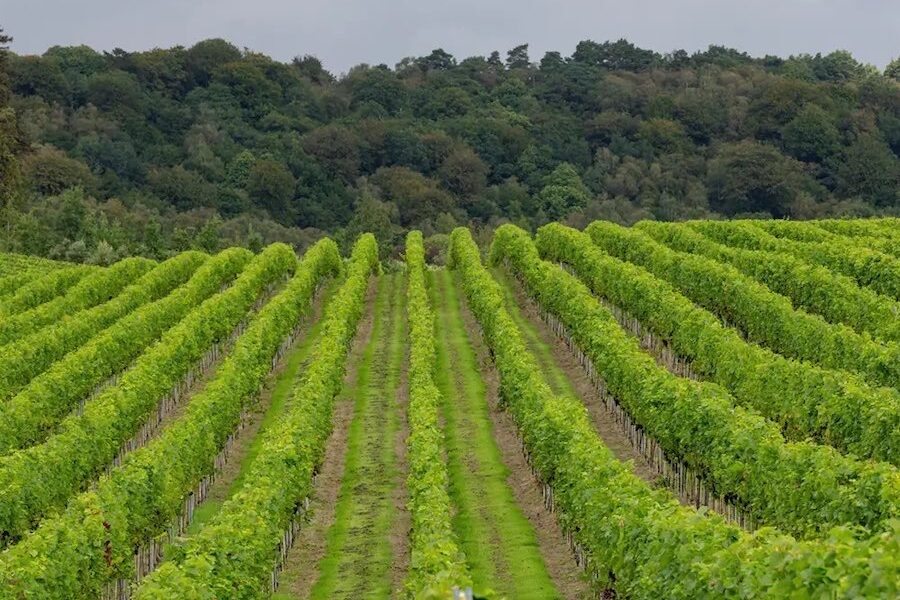IT’S rose planting time and every year I get questions from readers on why their new roses have died.

The secret to survival is that when buying roses, always look for two-year-old plants, the ones with stems the thickness of, say, a fat ballpoint pen not a skinny pencil.
In supermarkets, roses and other outdoor plants are offered for sale in artificial light and air conditioning. Unfortunately, these conditions can lead to premature leaf growth, which will be hit by frost once planted outside.
Invariably, these roses are one-year-olds lifted from the ground too early, unlike in garden centres where roses are potted up on arrival from the grower and are displayed in the open air, ie the same conditions they will spend the rest of their life.
IT’S also vitally important that if roses are to be planted where they have been previously grown that a barrow load of soil is removed and replaced.
Roses have an undefinable disease called “rose sickness” that may not have been apparent in the old roses but can affect the new plants.
Plant in fresh soil from elsewhere in your garden. Dig the hole so that the roots can spread out naturally without curling round. Don’t put chemical fertilisers or fresh manures in the planting hole because they can cause irreparable damage to their tender roots.
If buying potted roses, apply a certified organic liquid-plant nutrient such as Maxicrop Seaweed while still in the pot. Then, once planted, apply a second application of the same. This specifically encourages strong root growth before the coming summer.

ANYONE considering climbing roses needs to think carefully where they are to be planted. Many are very vigorous growers, for instance Rosa Wedding Day can easily spread to 10 metres.
Most are extremely prickly and a challenge when it comes to pruning. Plus they carry a great deal of weight in full flower and will need a strong support structure.
The rose illustrated here is virtually thornless. The Rosa Zephirine Drouhin is an old French rose with one of the strongest perfumes. Or there’s the completely thornless, spring-flowering Rosa Banksia with its mass of rich single yellow flowers. Whilst spectacular, the flowering lasts only a relatively short time.
Growing roses over an arch will require two plants, one each side. It simply defies nature to plant only one rose and try to grow it over the top and down the other side of the arch.
FOLLOWING my recent item about composted horse manure from the Hayshed, Pialligo, several readers have asked how I use this product. Obviously adding to the compost heap is an excellent idea. In our garden I firstly loosen the soil with a hoe, which includes mulch that has compacted over the summer.

Next I wet the soil thoroughly and apply the composted horse manure to plants, not wasting it on the whole garden or bare patches where nothing is growing.
Apply around the root zone/drip line of plants, ie to the extent of the branches. I lightly work it into the soil with a hoe.
The abundance of leaves at this time is a hugely valuable food source which is shredded and applied as a mulch.
Finally, give the area a second good soaking. It doesn’t matter if you cover emerging bulb leaves, they will soon find their way through the leaf mulch.
Jottings…
- Roses don’t have to be planted in a specific bed and can be mixed with perennials for year-round colour.
- Trim any broken branches and roots off roses before planting.
- Roses can be pruned at any time, not just in early spring.
Who can be trusted?
In a world of spin and confusion, there’s never been a more important time to support independent journalism in Canberra.
If you trust our work online and want to enforce the power of independent voices, I invite you to make a small contribution.
Every dollar of support is invested back into our journalism to help keep citynews.com.au strong and free.
Thank you,
Ian Meikle, editor




Leave a Reply